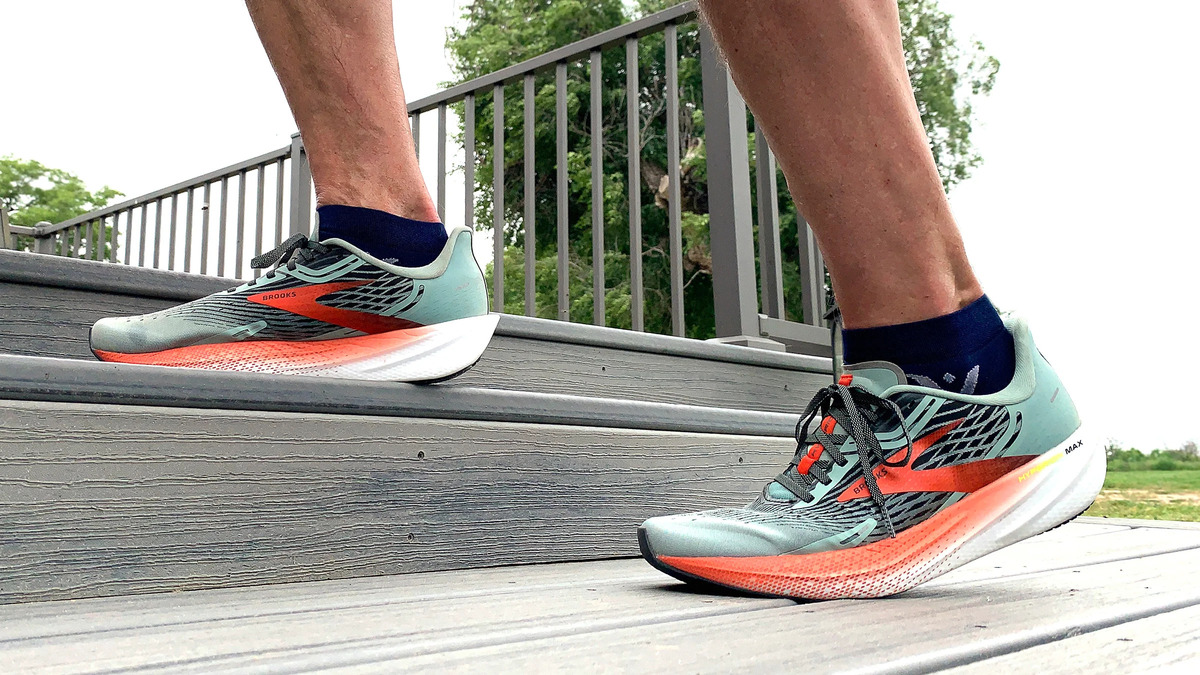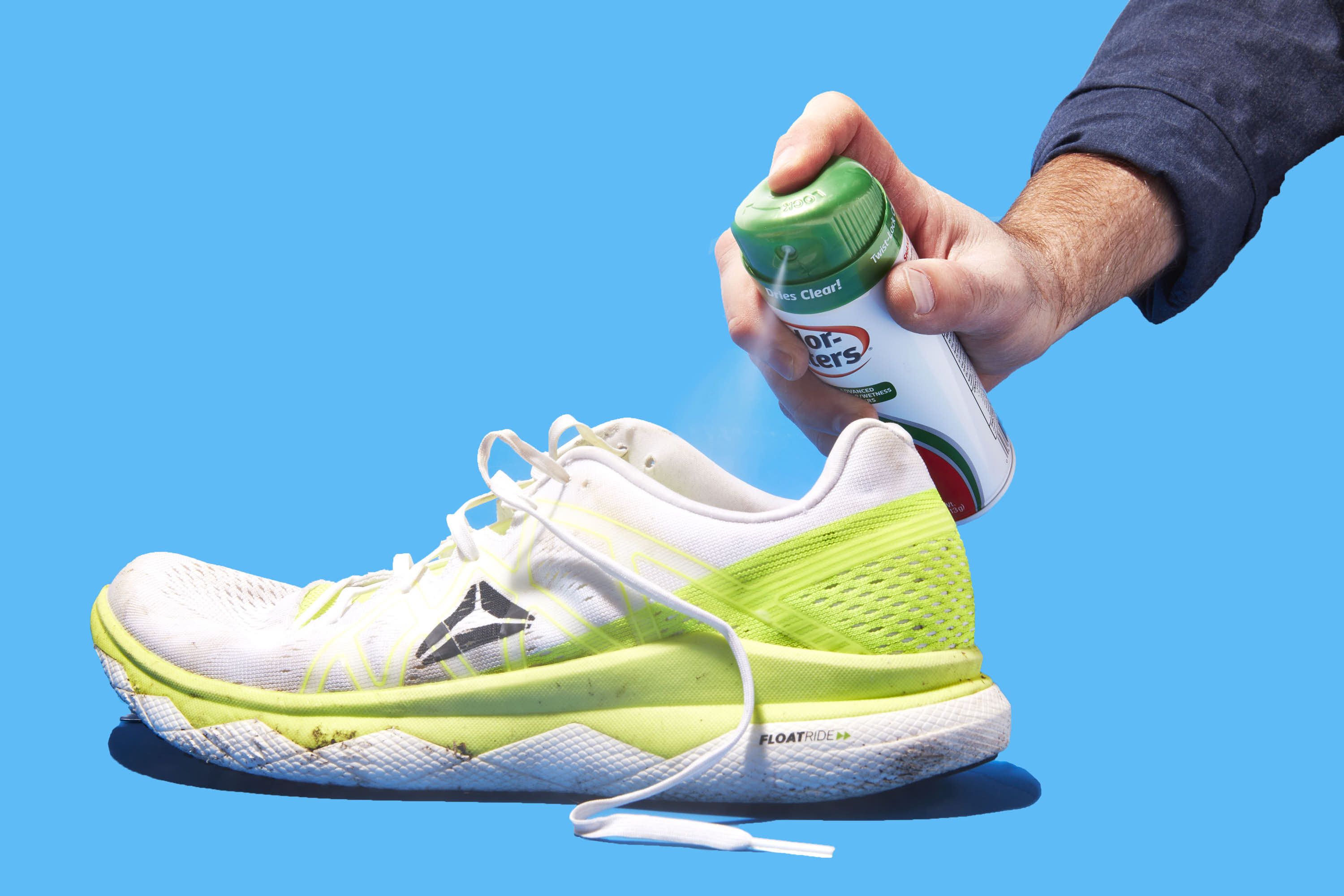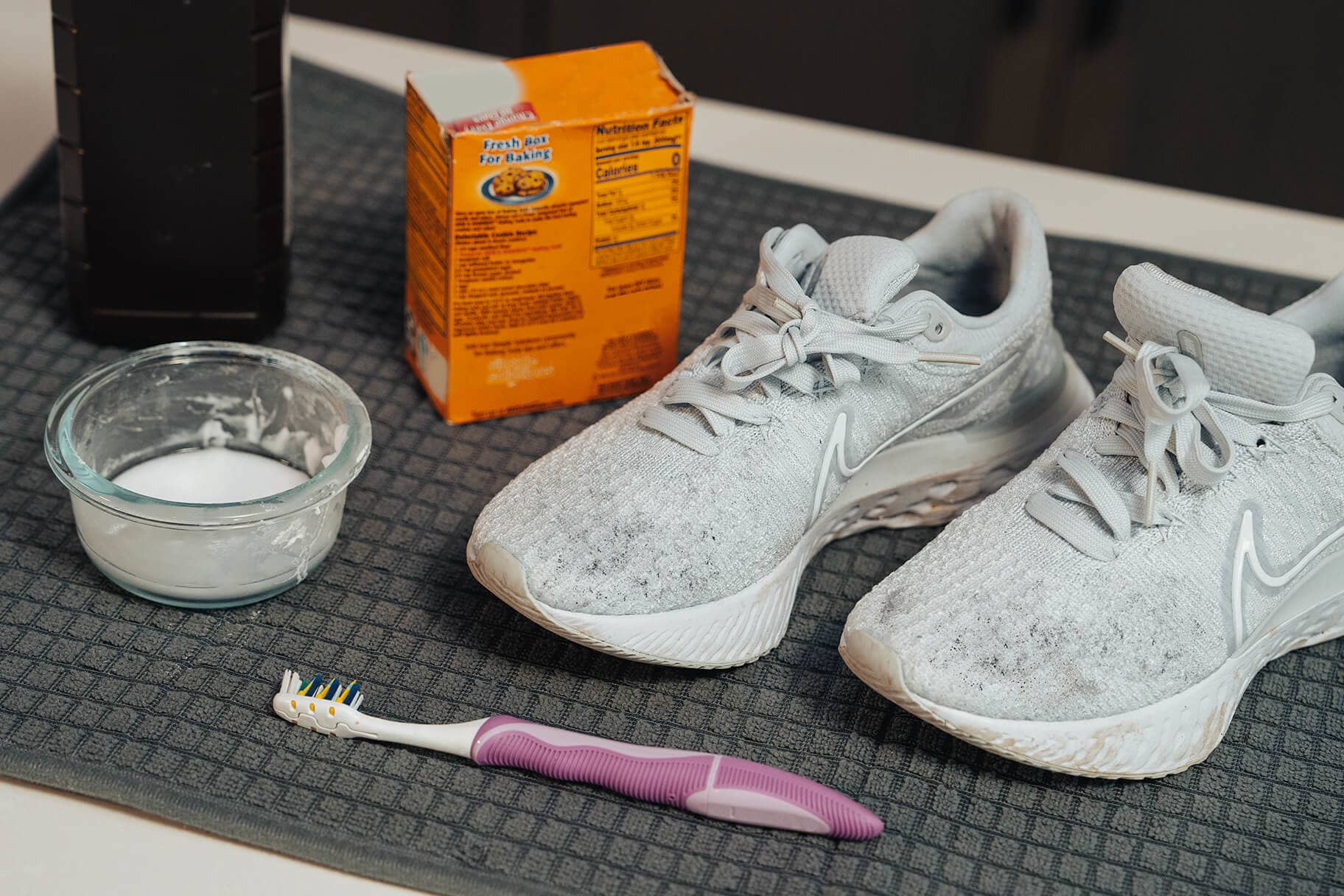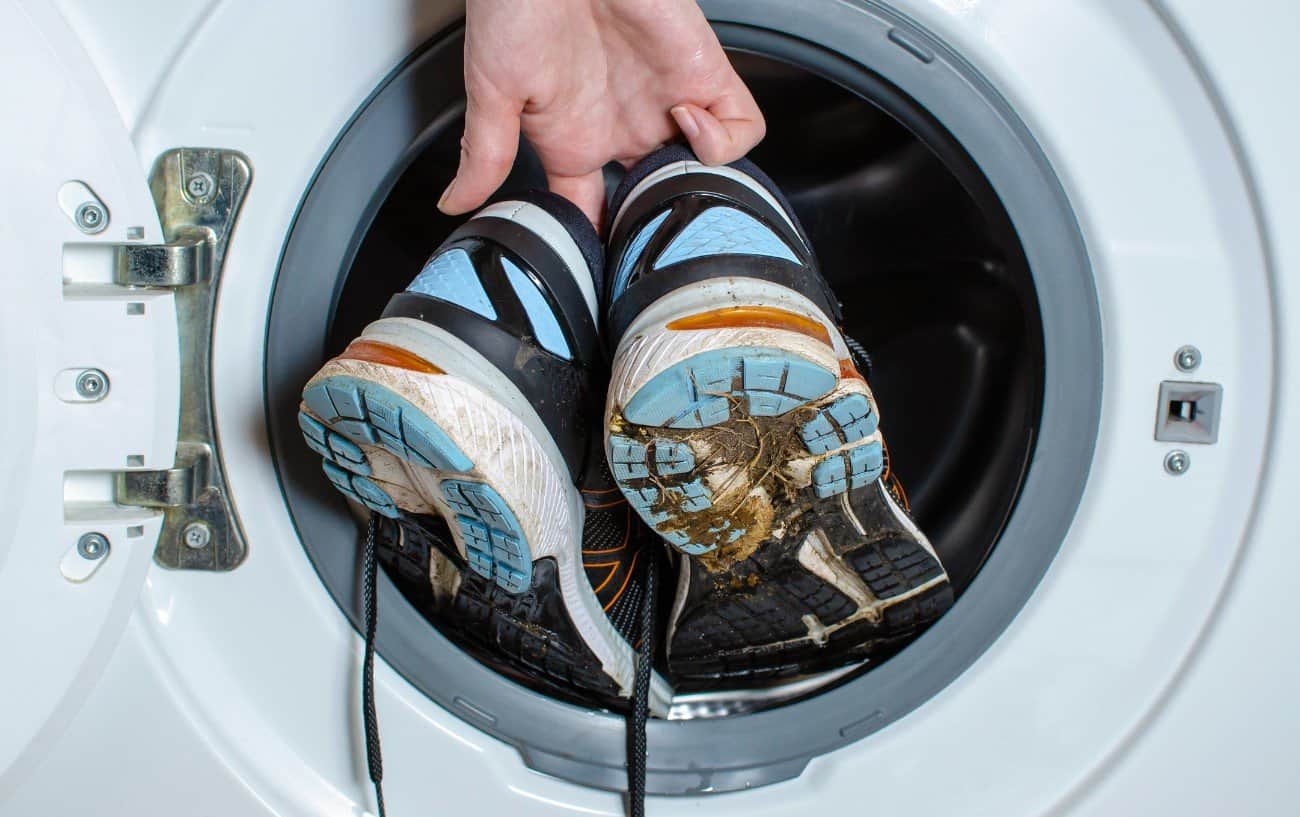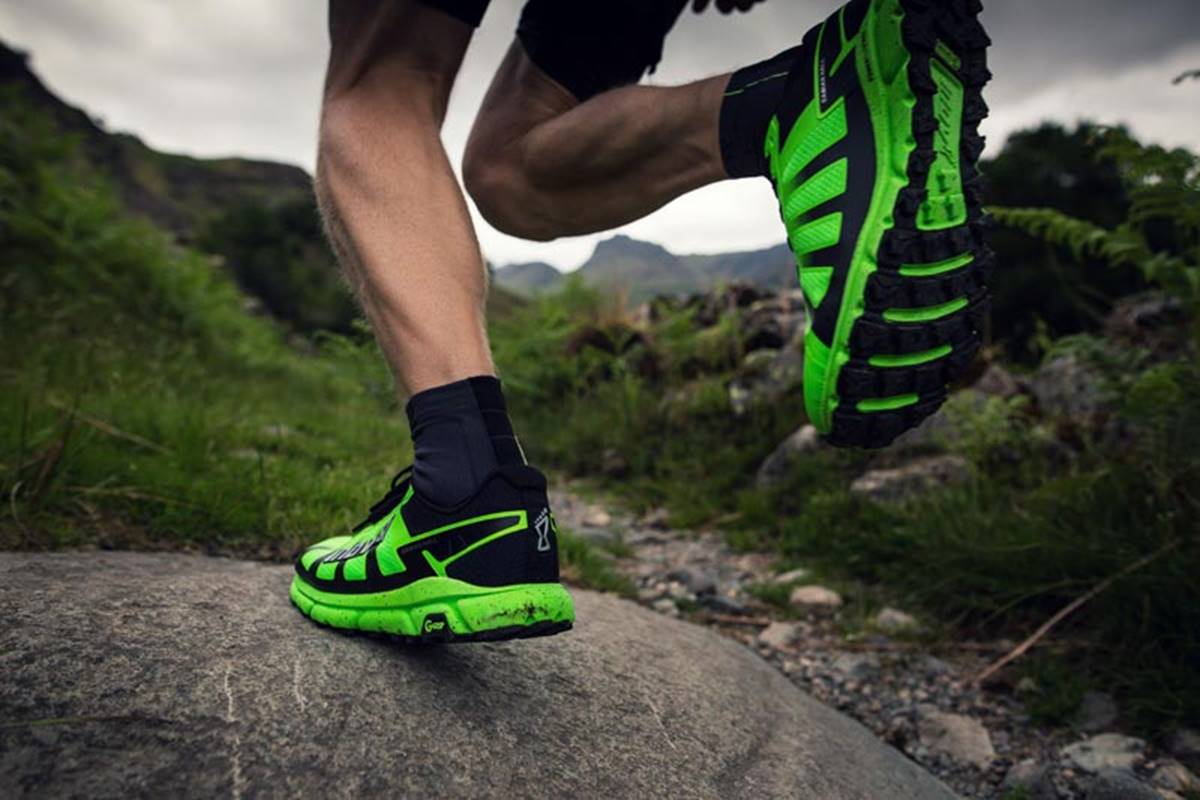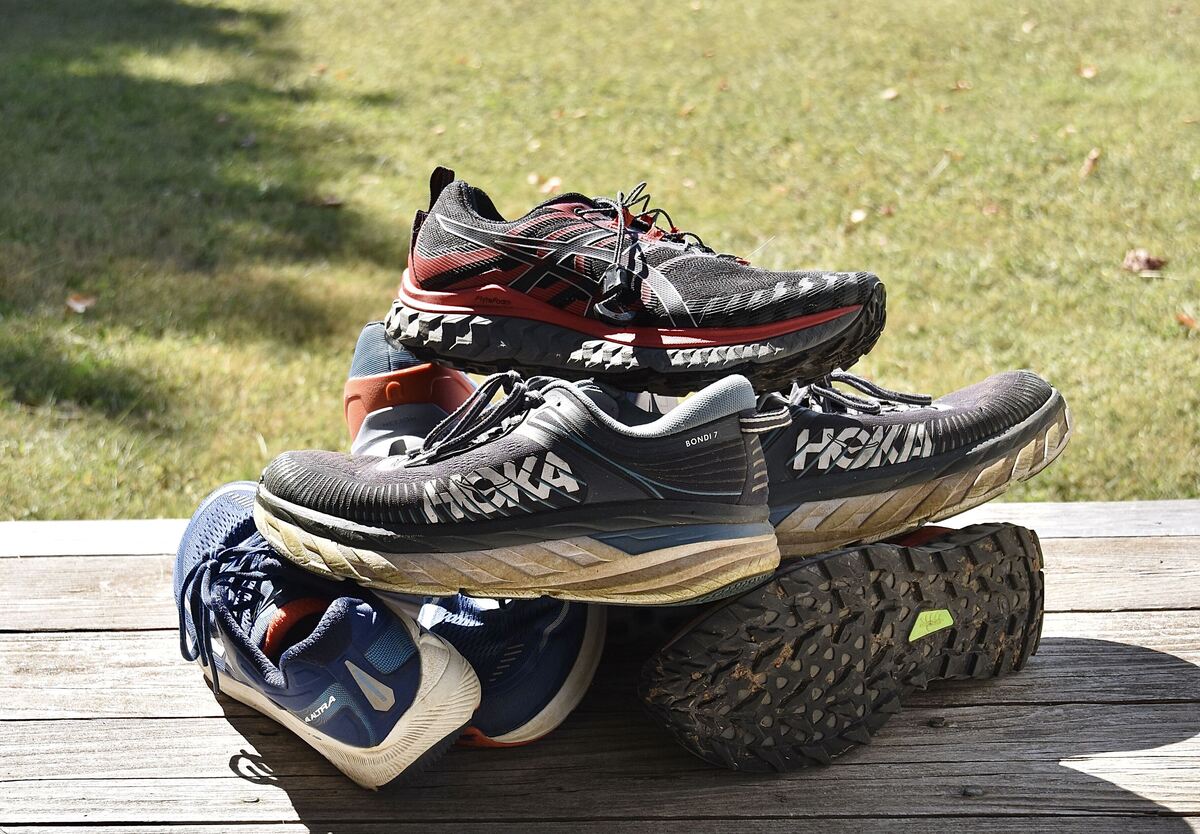Home>Misc>Featured>How Long Should Shoelaces Be For Running Shoes
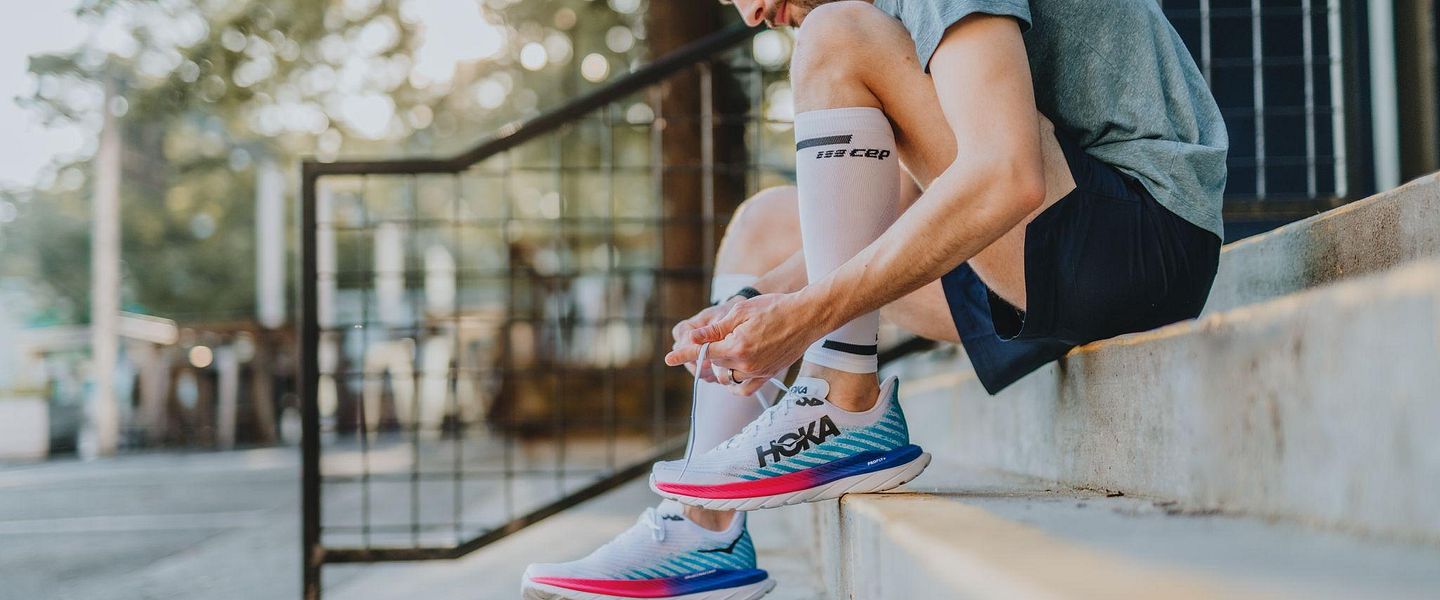

Featured
How Long Should Shoelaces Be For Running Shoes
Modified: May 22, 2024
Looking for the perfect length of shoelaces for your running shoes? Discover the ideal size for featured running shoes and optimize your workout experience.
Introduction
When it comes to running shoes, every little detail counts. From the cushioning to the traction, everything is designed to optimize performance and enhance your running experience. However, there is one often overlooked aspect that can have a significant impact on your comfort and performance – the length of your shoelaces.
Believe it or not, choosing the right shoelace length for your running shoes is crucial. It not only affects the fit of the shoe but also plays a key role in preventing tripping hazards and ensuring a secure fit throughout your run. Whether you are a seasoned runner or just starting out, understanding the importance of proper shoelace length can greatly enhance your running experience.
As runners, we all know the frustration of dealing with loose shoelaces coming undone mid-run or the discomfort caused by tightly tied laces digging into the top of our feet. By understanding the factors to consider when choosing the right shoelace length and following proper tying techniques, you can avoid these hassles and enjoy a more comfortable and worry-free run.
In this article, we will explore the impact of shoelace length on running shoes and provide practical tips on selecting the appropriate length for your needs. We will also discuss common mistakes to avoid and offer insights into tying techniques that can help you optimize the fit of your shoes.
So, if you are ready to take your running game to the next level and ensure maximum comfort and performance, read on to discover the ins and outs of shoelace length for running shoes.
Importance of Proper Shoelace Length for Running Shoes
Choosing the right shoelace length is vital for runners because it directly influences the fit, comfort, and safety of their running shoes. Here are some key reasons why proper shoelace length is important:
1. Optimal Fit: The length of your shoelaces determines how snugly your running shoes will fit. If the laces are too short, you may struggle to lace up properly, leading to a loose or unstable fit. Conversely, if the laces are too long, you may find it challenging to secure your shoes tightly enough, resulting in a lack of support or potential slippage. By finding the optimal length, you can ensure a secure and comfortable fit that allows for natural movement while minimizing the risk of injury.
2. Enhanced Performance: Ill-fitting shoelaces can be a distraction during your run. Loose or excessively long laces can create a constant annoyance or even trip hazards, disrupting your concentration and impeding your performance. On the other hand, properly fitted laces provide a stable foundation, allowing you to focus solely on your running stride and technique. When your shoelaces are the right length, you can run with confidence and improve your overall performance.
3. Comfort and Support: Incorrectly sized shoelaces can lead to discomfort and unnecessary pressure on your feet. If the laces are too tight, they can cause pain, restrict blood flow, and even lead to numbness. On the other hand, if the laces are too loose, your foot may slide within the shoe, resulting in blisters or hotspots. By choosing the appropriate length, you can achieve a comfortable and supportive fit that allows for natural movement and reduces the risk of foot-related issues.
4. Injury Prevention: Properly secured shoelaces are essential for preventing injuries. Loose laces can cause your foot to slide inside the shoe, resulting in instability, loss of balance, and potential ankle sprains. Additionally, excessive lace length can pose tripping hazards, especially on uneven terrain. By ensuring that your shoelaces are the correct length, you can minimize the risk of accidents and injuries, providing a safer running experience.
It is evident that choosing the right shoelace length is essential for a runner’s overall performance, comfort, and safety. In the next section, we will discuss the factors to consider when selecting the appropriate length for your running shoes, so you can make informed decisions and optimize your running experience.
Factors to Consider for Choosing the Right Shoelace Length
Choosing the right shoelace length for your running shoes involves considering several important factors. By taking these aspects into account, you can ensure a proper fit, optimal comfort, and enhanced performance. Here are the key factors to consider when selecting the right shoelace length:
1. Shoe Size: The size of your running shoes is a crucial factor in determining the appropriate length of your shoelaces. Different shoe sizes will require different lace lengths to maintain a secure fit. For example, larger shoe sizes will typically need longer laces to accommodate the additional length required to lace them properly.
2. Lace Type: Different lace types have varying thickness and flexibility, which can impact the required length. Thicker and stiffer laces may require additional length to achieve the desired fit, while thinner and more flexible laces may require less length. Consider the material and flexibility of the laces you are using when determining the ideal length.
3. Foot Width: The width of your feet can also influence the required lace length. If you have wider feet, you may need longer laces to properly secure your shoes without causing discomfort or pressure points. Conversely, if you have narrower feet, shorter laces may be sufficient to achieve a secure fit.
4. Lacing Technique: Different lacing techniques can affect the length of shoelaces needed. For example, some techniques, like the runner’s loop or the lock lacing method, may require additional lace length to achieve a secure fit. Consider the lacing technique you prefer using and adjust the lace length accordingly.
5. Personal Preference: Finally, personal preference plays a role in determining the ideal shoelace length. Some runners prefer a looser fit, while others prefer a more snug and secure fit. Experiment with different lace lengths to find the right balance that suits your comfort and running style.
By considering these factors, you can narrow down the range of possible shoelace lengths and select the one that best suits your needs. Keep in mind that the optimal length may vary for each individual, so it’s essential to try different lengths and adjust accordingly until you find the perfect fit.
Now that we have discussed the factors to consider when choosing the appropriate length, let’s explore the standard shoelace length for running shoes in the next section.
Standard Shoelace Length for Running Shoes
Although the ideal shoelace length may vary depending on individual factors, there is a general standard length that works well for most running shoes. This standard length allows for a secure and comfortable fit while minimizing the risk of tripping or slippage. Here is a guideline for the standard shoelace length for running shoes:
For Low-Top Running Shoes: For low-top running shoes with a standard eyelet configuration, shoelaces that are around 45-54 inches (114-137 cm) in length are typically suitable. This length allows for a secure tie with enough room to adjust the tightness to your preference.
For Mid-Top and High-Top Running Shoes: Mid-top and high-top running shoes often have additional eyelets or require a more secure fit around the ankle. In these cases, longer shoelaces in the range of 54-63 inches (137-160 cm) are usually recommended to accommodate the extra lace length required for lacing up higher on the shoe.
Keep in mind that these are general guidelines, and the specific length may still vary depending on personal preference, foot width, and shoe size. Some runners may prefer shorter laces for a tighter fit, while others may opt for longer laces for a looser fit. It’s important to consider these factors and make adjustments accordingly to find the most comfortable and secure fit for your individual needs.
If you are unsure about the appropriate length for your running shoes, you can always consult the shoe manufacturer’s recommendations or seek advice from a knowledgeable footwear specialist. They can offer valuable insights and help you choose the best shoelace length for your specific shoe model.
Now that you have an understanding of the standard lace lengths for running shoes, let’s move on to learn about adjusting the shoelace length for personal preference and fit.
Adjusting Shoelace Length for Personal Preference and Fit
While there is a standard shoelace length for running shoes, it’s important to remember that personal preference and fit play a significant role in determining the ideal length. Adjusting shoelace length allows you to fine-tune the fit of your running shoes to achieve maximum comfort and performance. Here are some tips for adjusting the shoelace length according to your personal preference:
1. Longer Laces for Looser Fit: If you prefer a looser and more relaxed fit in your running shoes, you can opt for longer shoelaces. This additional length will give you more room to adjust the tightness while ensuring a secure fit. You can experiment with slightly longer laces than the standard length and adjust the tightness to your liking.
2. Shorter Laces for Snugger Fit: On the other hand, if you prefer a snugger and more supportive fit, you can consider using slightly shorter shoelaces than the standard length. Shorter laces will allow you to achieve a tighter tie, ensuring a secure and stable fit throughout your run. Just be mindful not to tie them too tightly, as it could lead to discomfort or restriction of blood flow.
3. Adjust the Tightness: You can also adjust the tightness of your shoelaces to fine-tune the fit. Loosen them slightly if you feel any discomfort or pressure points, or tighten them a bit if you sense any slippage or lack of support. Experiment with different levels of tightness until you find the perfect balance that provides both comfort and security.
4. Utilize Different Lacing Techniques: Various lacing techniques can also help you customize the fit of your shoes. Techniques like the runner’s loop or the lock lacing method provide additional support and adjustment options. By employing these techniques, you can achieve a customized fit even with the standard shoelace length.
Remember to listen to your feet and pay attention to any discomfort or issues that arise during your runs. If you experience any discomfort or problems with the fit, it may be a sign that you need to further adjust the shoelace length or tightness.
By taking the time to find the optimal length and fit for your running shoes, you can ensure maximum comfort, support, and performance. Experiment with different lengths and lacing techniques to find the perfect balance that suits your personal preference and running style.
Next, we will delve into various techniques for tying shoelaces to avoid tripping hazards or slippage during your runs.
Techniques for Tying Shoelaces to Avoid Tripping or Slippage
Properly tying your shoelaces is essential to prevent tripping hazards and minimize slippage during your runs. By utilizing the right techniques, you can ensure a secure and comfortable fit throughout your entire run. Here are some effective techniques for tying shoelaces:
1. Standard Bow Knot: The standard bow knot is the most common and basic technique for tying shoelaces. Begin by crossing the laces over each other and pulling one lace through the loop created. Then, make a loop with the remaining lace and pull it through the loop, creating a secure knot. Ensure that the knot is tight enough to prevent slippage but not overly tight to cause discomfort.
2. Surgeon’s Knot: The surgeon’s knot is a simple modification of the standard bow knot that provides additional security. Start by making an initial standard bow knot and then make an extra loop with one lace before creating the second loop. This creates an extra twist in the knot, resulting in a more secure tie. The surgeon’s knot is particularly useful for keeping the laces firmly in place throughout your run.
3. Runner’s Loop: The runner’s loop technique helps to relieve pressure on the top of the foot and create a more secure fit. To start, make a standard bow knot but stop before pulling the second loop completely through. Instead, create a small loop with each lace and cross them over each other. Finally, pull the loops, tightening the knot and creating a secure fit. The runner’s loop technique helps to prevent slippage and reduce the chances of discomfort caused by tightly tied laces.
4. Lock Lacing: Lock lacing is an effective technique for ensuring a secure fit without putting excessive pressure on the top of the foot. After making the initial standard bow knot, instead of crossing the laces, thread each lace through the next set of eyelets diagonally. Then, create a loop with each lace and thread them through the loop created on the opposite side. Finally, tie a standard bow knot to secure the lock lacing. This technique secures the foot and minimizes slippage, especially for runners with narrow feet or those seeking additional support.
Remember to adjust the tightness of the laces according to your preference and comfort. It’s essential to find the right balance between a secure fit and comfort to avoid unnecessary pressure or discomfort during your runs.
By utilizing these techniques, you can reduce the risk of tripping hazards and minimize slippage, ensuring a safe and enjoyable running experience. Experiment with different techniques and find the one that works best for your foot shape and running style.
Now that we have covered techniques for tying shoelaces, let’s highlight some common mistakes to avoid when it comes to shoelace length.
Common Shoelace Length Mistakes to Avoid
While understanding the importance of proper shoelace length is crucial, it’s equally important to be aware of common mistakes that many runners make when it comes to lacing up their shoes. By avoiding these mistakes, you can ensure a more comfortable and secure fit. Here are some common shoelace length mistakes to avoid:
1. Using Excessively Long Laces: Using laces that are too long can lead to tripping hazards and unnecessary inconvenience during your runs. Excessively long laces can easily get caught on objects or trail behind you, increasing the risk of accidents. It’s important to choose a lace length that is appropriate for your shoe size and tie them in a way that doesn’t leave excessive dangling laces.
2. Using Insufficiently Short Laces: On the other hand, using laces that are too short can result in a lack of secure fit or discomfort. If your laces are too short, you may struggle to tie them properly or achieve the desired tightness. This can lead to a loose fit, slippage, or instability during your runs. Make sure to select laces of adequate length to ensure a proper fit and avoid any discomfort or performance issues.
3. Ignoring Foot Width: Foot width plays a significant role in determining the appropriate lace length for your running shoes. Ignoring foot width when selecting laces can result in an ill-fitting shoe, with either too tight or too loose laces. Consider the width of your feet and ensure that the lace length allows for a comfortable and secure fit without causing any discomfort or pressure points.
4. Not Adjusting the Tightness: Simply tying your laces without adjusting the tightness can lead to issues such as slippage or discomfort. It’s important to find the right balance in tightness that provides a secure fit without restricting blood flow or causing discomfort. Take the time to adjust the tightness of your laces according to your preference and the specific needs of your foot shape.
5. Neglecting Different Lacing Techniques: Many runners stick to a basic lacing technique without exploring other methods that can enhance the fit of their shoes. Different lacing techniques, such as the runner’s loop or lock lacing, can provide additional support and customization for a more secure fit. Experiment with various techniques and find the one that works best for you and your running style.
Avoiding these common shoelace length mistakes can significantly improve your running experience. By selecting the appropriate length, adjusting the tightness, and exploring different lacing techniques, you can enjoy a comfortable, secure, and personalized fit for your running shoes.
As we conclude this article, we hope that the information provided has emphasized the importance of proper shoelace length and equipped you with insights into selecting the right length, adjusting for personal preference, and avoiding common mistakes. By paying attention to the details of your shoelaces, you can enhance your running experience and achieve your performance goals.
Conclusion
Choosing the proper shoelace length for running shoes is often an overlooked aspect of optimizing comfort, fit, and performance. However, it is evident that the length of your shoelaces plays a crucial role in ensuring a secure and comfortable fit, preventing tripping hazards, and enhancing your overall running experience.
When selecting the right shoelace length, it is important to consider factors such as shoe size, lace type, foot width, lacing technique, and personal preference. By taking these factors into account, you can determine the optimal length that suits your needs and provides a secure fit without sacrificing comfort.
Additionally, adjusting the tightness of your laces and exploring different lacing techniques can further customize the fit of your running shoes. Techniques like the runner’s loop or lock lacing can provide additional support and help prevent slippage, ensuring a secure and stable fit throughout your runs.
Avoiding common shoelace length mistakes, such as using excessively long or short laces and neglecting foot width, is essential to prevent discomfort, instability, or accidents. Paying attention to these details and making adjustments accordingly can greatly improve your running experience.
By finding the right shoelace length for your running shoes and employing proper lacing techniques, you can maximize performance, prevent injuries, and ensure a comfortable and secure fit. It’s important to remember that the optimal length may vary for each individual, so take the time to experiment and find what works best for you.
So, the next time you lace up your running shoes, take a moment to consider the length of your shoelaces and the techniques you use to tie them. By giving attention to these small details, you can enjoy a more comfortable, safe, and enjoyable running experience.
